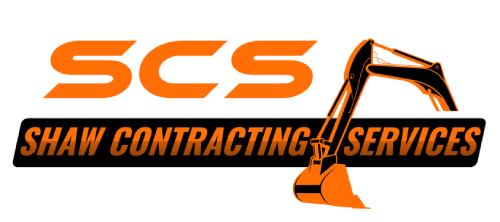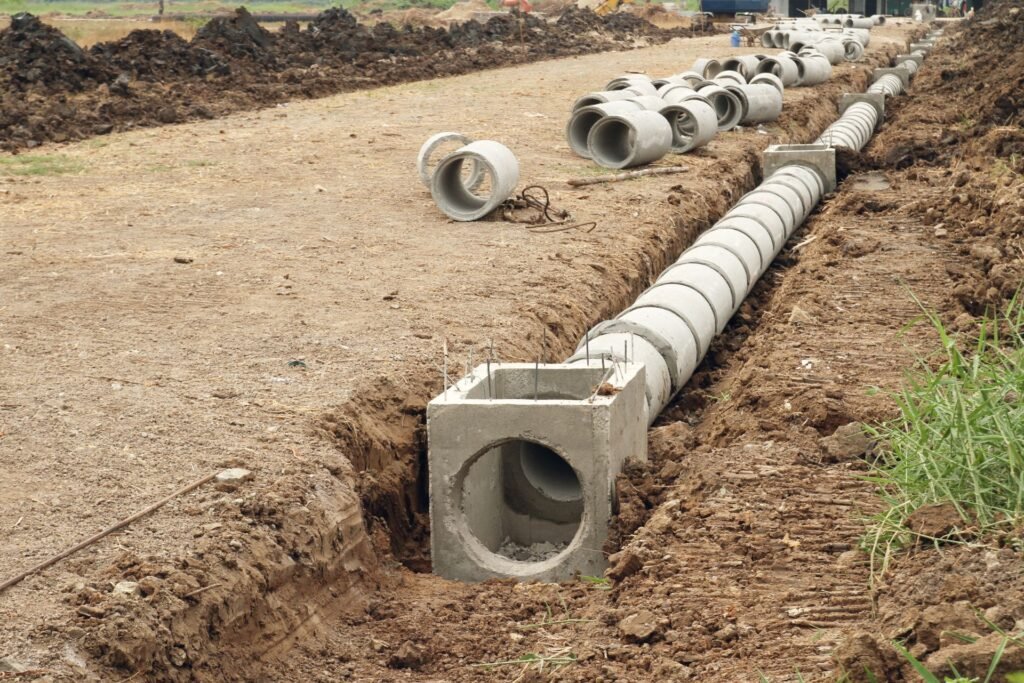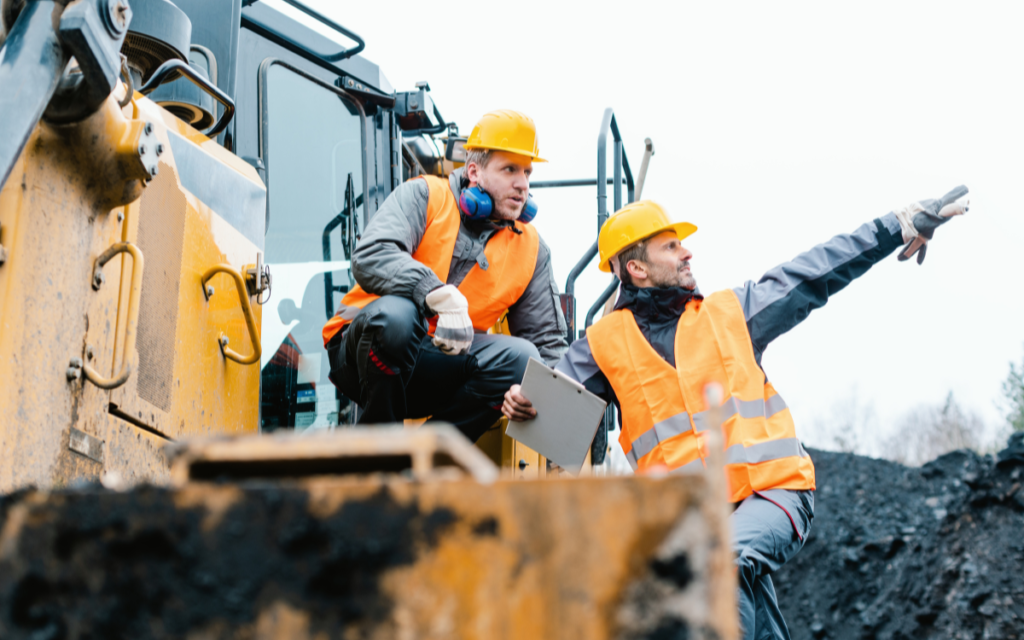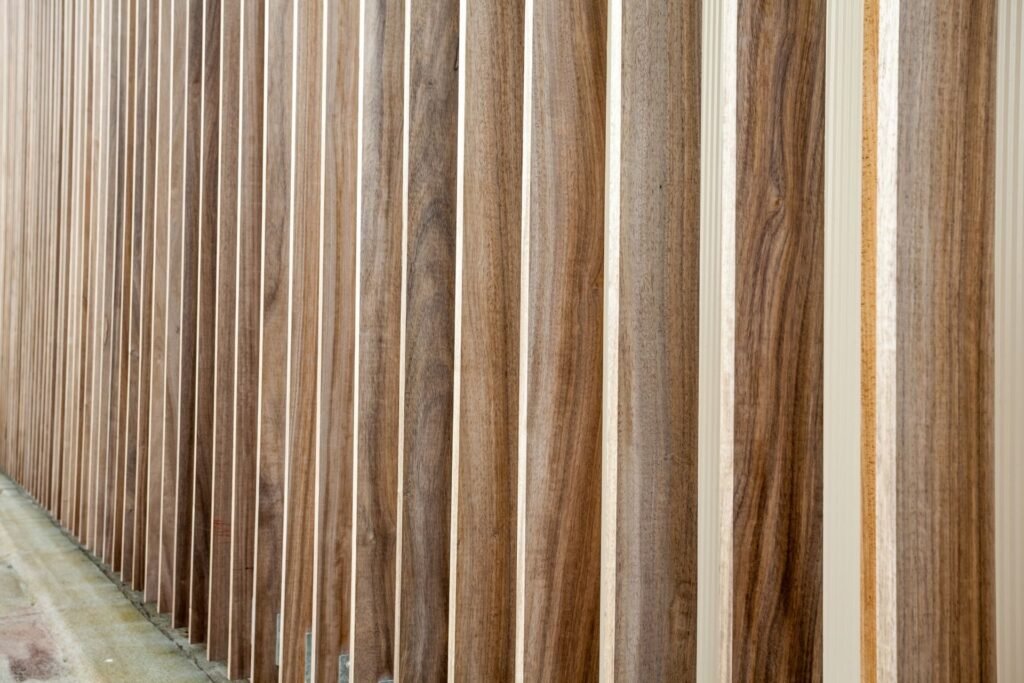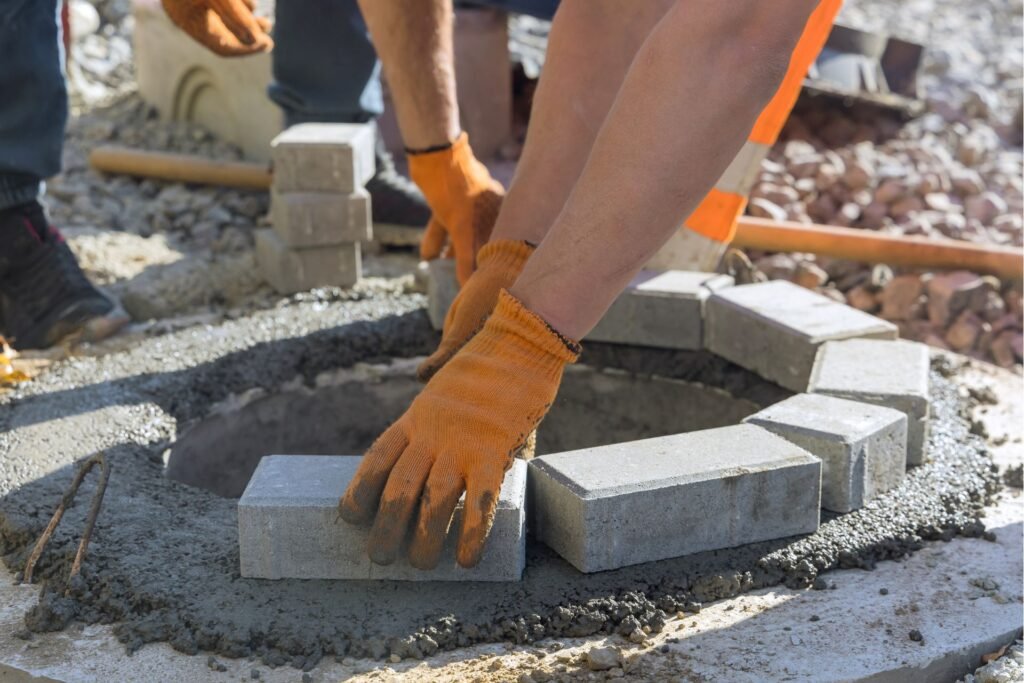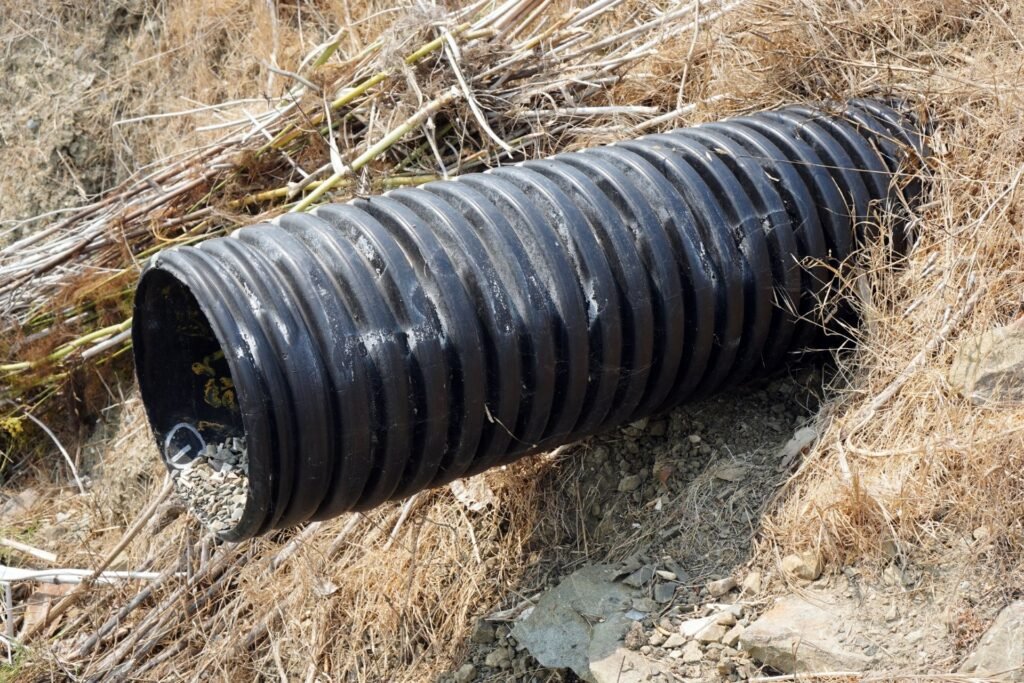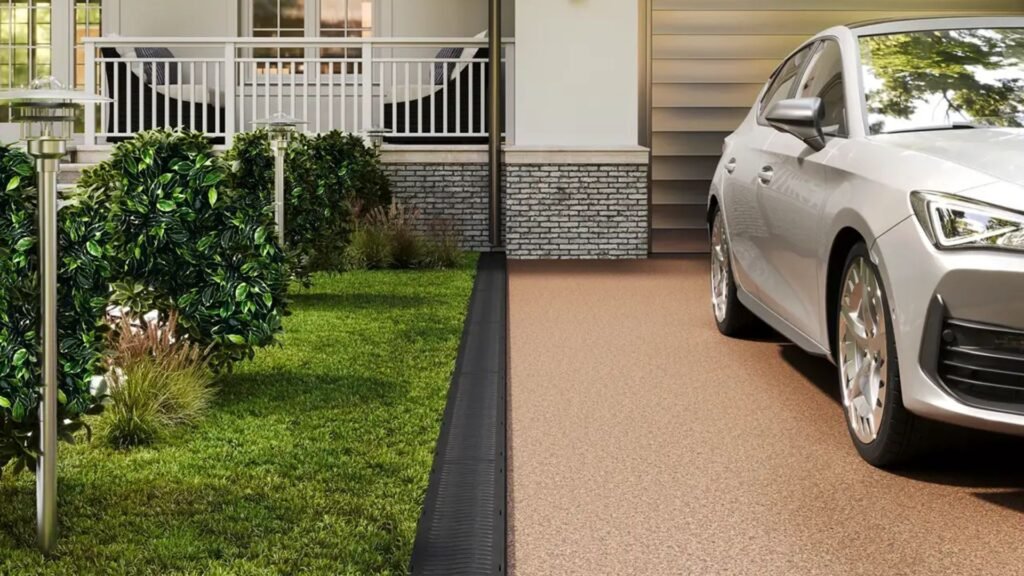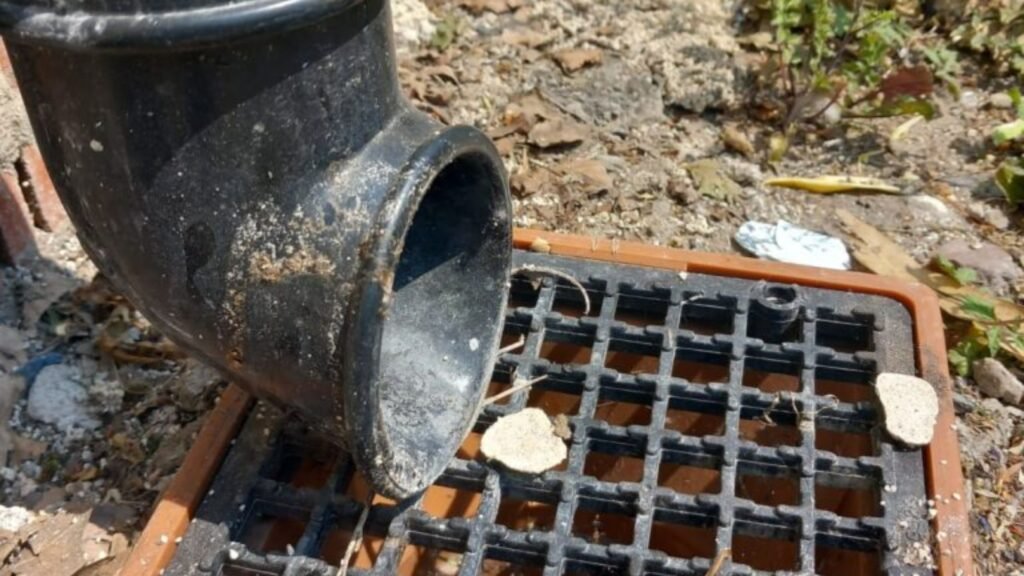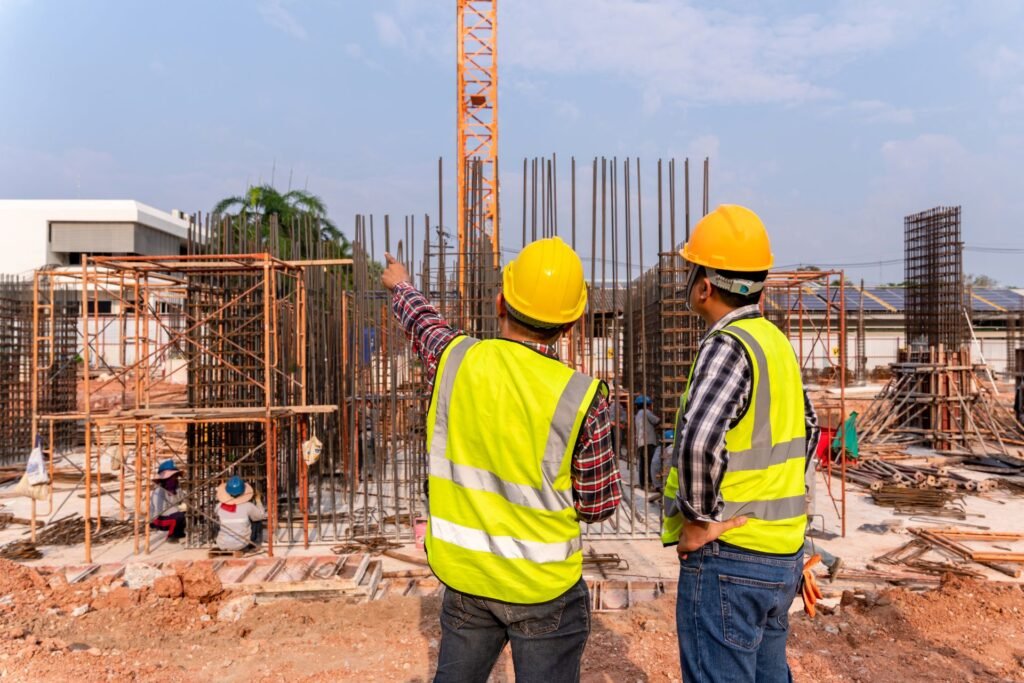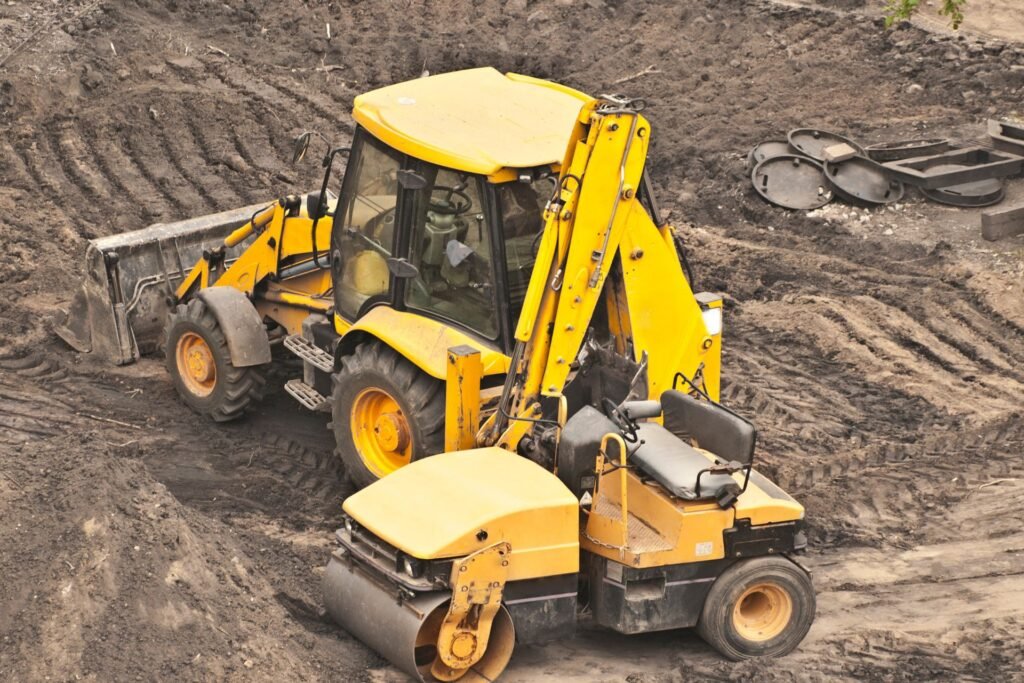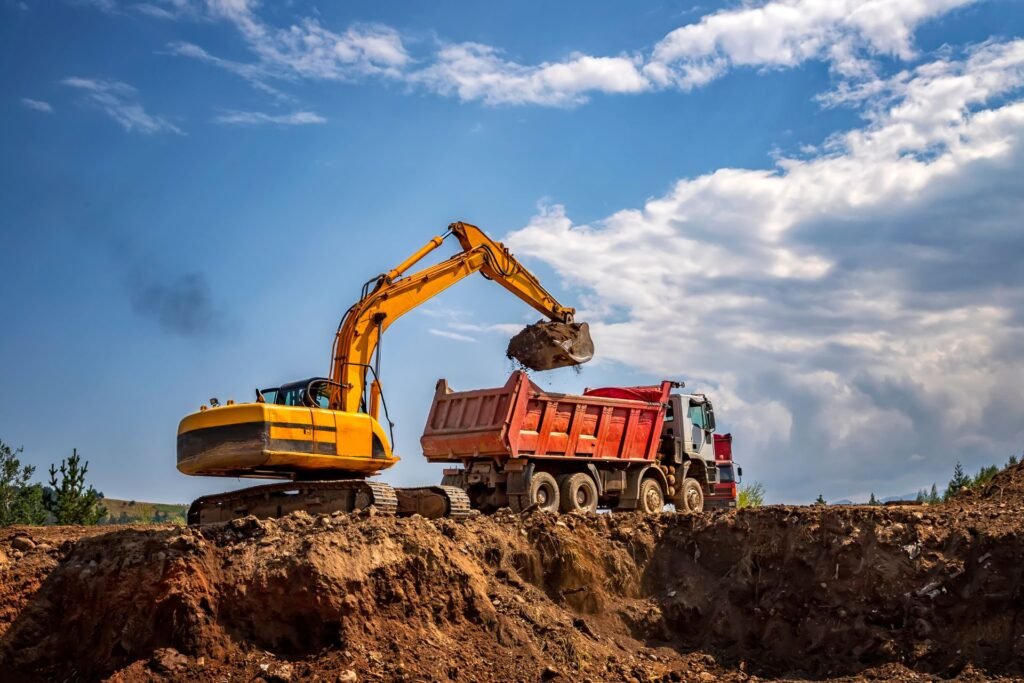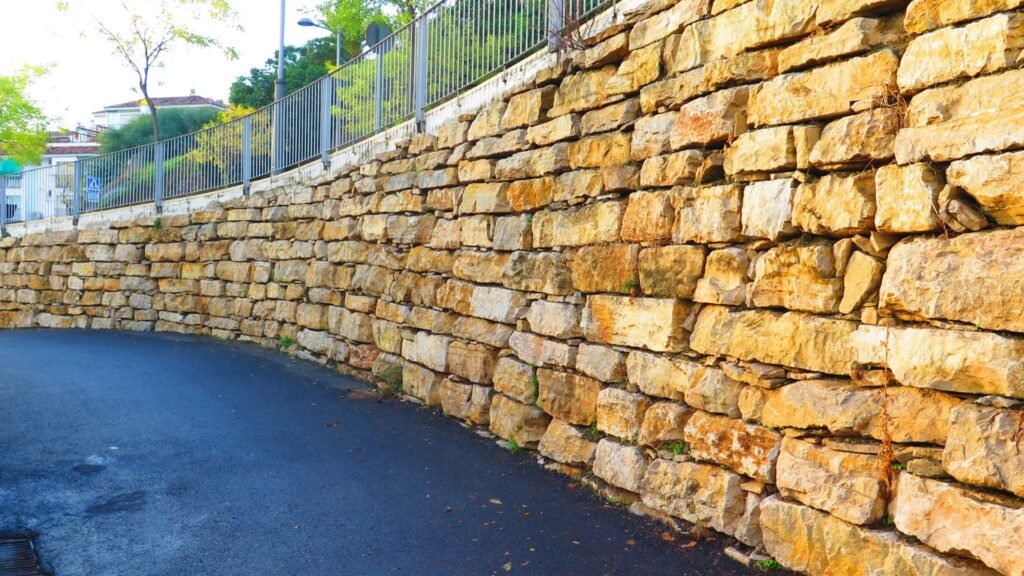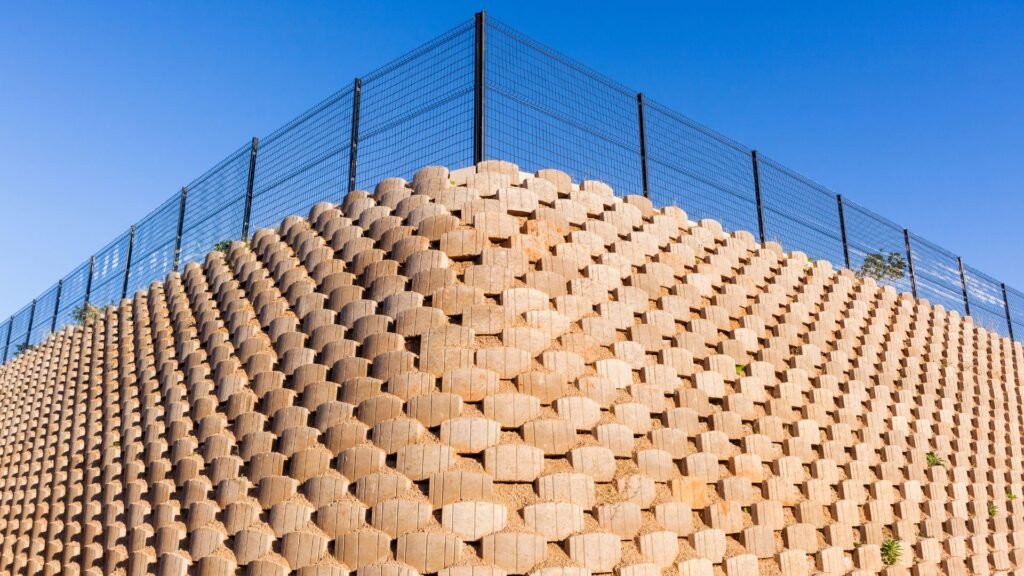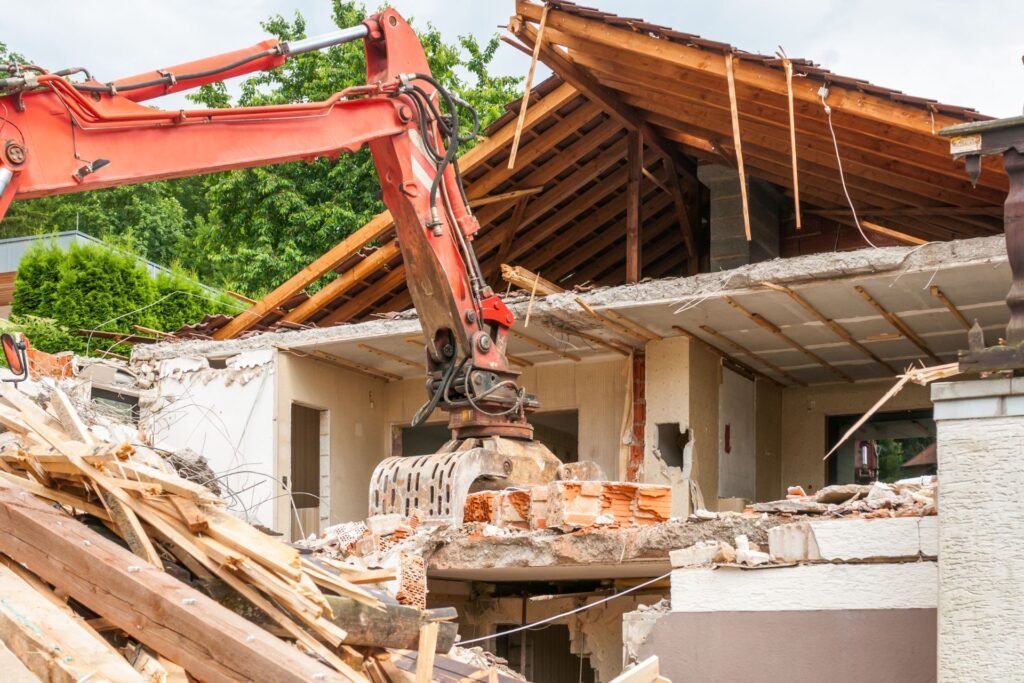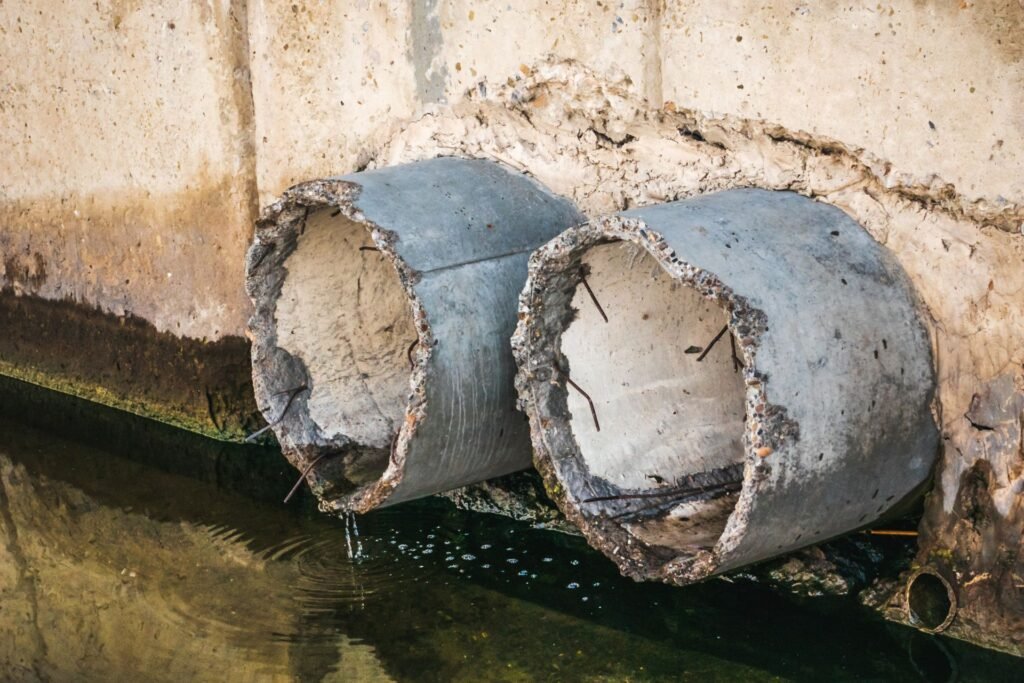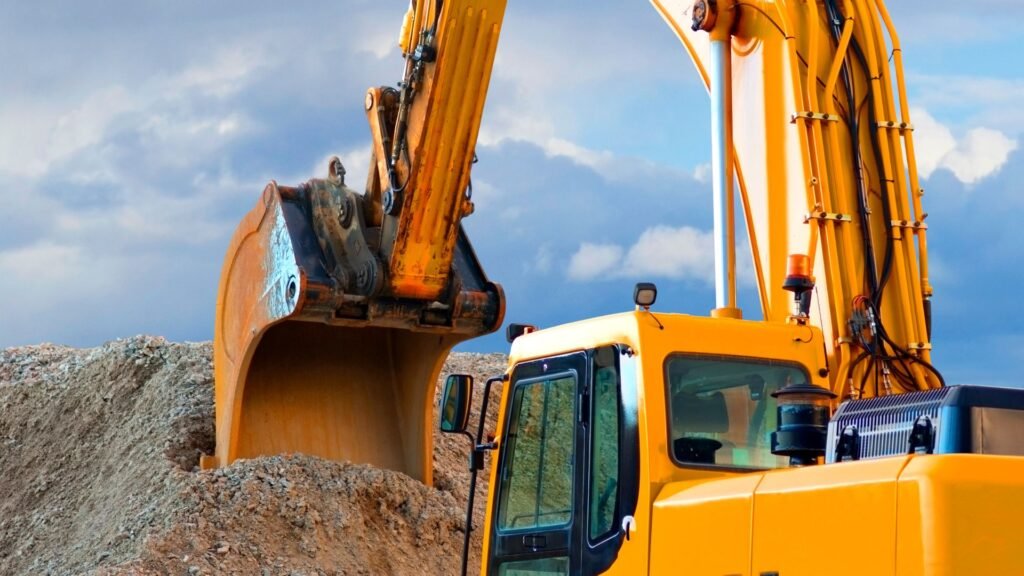Welcome to your comprehensive guide on sub soil drainage systems in New Zealand. Whether you’re a homeowner looking to protect your property from water damage or simply curious about how these systems work, this article will cover everything you need to know. Sub soil drainage systems are essential for managing groundwater, especially in NZ’s diverse climate and terrain, where heavy rainfall and varied soil types can lead to serious issues like waterlogging and foundation damage. We’ll explore what these systems are, why they’re important, the different types available, and how you can ensure your property remains safe, dry, and structurally sound. Let’s dive in and discover how sub soil drainage systems can benefit you and your property in New Zealand.
Sub soil drainage systems in New Zealand are essential for preventing water damage and maintaining healthy land by managing groundwater effectively. These systems, including French drains, sump pumps, and perforated pipe systems, help redirect excess water away from foundations and landscapes, especially in areas prone to heavy rainfall. Proper installation and maintenance of sub soil drainage systems protect property value, enhance landscaping, and prevent costly water-related issues.
Table of Contents
Understanding Sub Soil Drainage Systems
1. What is a Sub Soil Drainage System?
A sub soil drainage system, often referred to as a subsurface drainage system, is an essential component in managing water levels beneath the ground. It is designed to capture and redirect excess groundwater away from specific areas, ensuring that soil and structures remain stable and dry.
This system works by installing perforated pipes or drainage tiles below the soil surface. These pipes collect excess groundwater, which is then directed to a designated outlet such as a stormwater drain or a natural water body. By effectively managing the flow of groundwater, sub soil drainage systems prevent issues like waterlogging, which can lead to soil instability and damage to buildings or agricultural land.
2. Why is Sub Soil Drainage Important in New Zealand?
Sub soil drainage is particularly crucial in New Zealand due to the country’s unique climatic and geological conditions. New Zealand experiences heavy rainfall, especially in certain regions, leading to high groundwater levels. This, combined with the diverse range of soil types across the country, makes effective drainage a necessity for maintaining the integrity of both residential and commercial properties.
Without proper sub soil drainage, excess water can accumulate in the soil, causing a variety of problems. Waterlogged soil can lead to weakened foundations, increasing the risk of structural damage to buildings. Additionally, it can contribute to erosion, especially on sloped landscapes, further destabilizing the ground. In agricultural settings, poor drainage can result in crops being waterlogged, which severely affects crop yield and overall soil health.
3. Where Are Sub Soil Drainage Systems Commonly Used?
Sub soil drainage systems are utilized in various settings across New Zealand, each with specific benefits:
- Residential Properties: Homeowners often face issues such as basement flooding and garden waterlogging due to inadequate drainage. Sub soil drainage systems are commonly installed around foundations to prevent water from seeping into basements or crawl spaces, thereby protecting the structural integrity of homes. Additionally, these systems help maintain healthy gardens by ensuring that water does not saturate the soil.
- Agricultural Land: In farming areas, controlling groundwater is essential for the health and productivity of crops. Sub soil drainage systems help to maintain optimal soil moisture levels, preventing the negative effects of waterlogging, such as root rot and reduced crop yield. This is especially important in regions prone to heavy rainfall or where irrigation practices can lead to excessive water accumulation.
- Infrastructure Projects: Large-scale developments, including roads, retaining walls, and commercial buildings, require robust drainage solutions to manage groundwater effectively. Sub soil drainage is crucial in these projects to prevent water from undermining the stability of structures and roadways. For instance, without proper drainage, roads can become unstable, leading to costly repairs and potential safety hazards.
In conclusion, sub soil drainage systems play a vital role in managing groundwater across various environments in New Zealand. Whether it’s protecting residential properties, ensuring agricultural productivity, or supporting infrastructure projects, these systems are indispensable in preventing water-related issues and maintaining the stability and safety of the ground.

Types Of Sub Soil Drainage Systems
When it comes to managing water and maintaining the integrity of your property, understanding the different types of subsoil drainage systems is crucial. These systems are designed to manage and redirect water away from areas where it could cause damage, such as foundations, landscapes, and roadways. Let’s delve into the most common subsoil drainage systems, exploring how they work, their ideal applications, and the benefits they offer.
1. French Drains
- Description: French drains are one of the most widely recognized subsoil drainage systems. They consist of a trench filled with gravel or rock, typically with a perforated pipe at the bottom. The pipe helps to guide water away from the problem area. Water enters the trench, travels through the gravel, and then into the pipe, which directs it to a designated drainage area, such as a storm sewer or a dry well.
- Materials Used: The primary materials used in a French drain include gravel or rock, a perforated pipe, and sometimes a layer of landscaping fabric to prevent soil from clogging the system.
- Effectiveness: French drains are highly effective in areas prone to flooding or with poor natural drainage. They are excellent for protecting foundations, basements, and other structures from water damage.
- Ideal Situations for Use: French drains are ideal for areas where surface water tends to collect, such as low spots in a yard, or along the base of a building’s foundation. They are also useful in regions with heavy rainfall or properties with clay soils that do not drain well.
2. Channel Drains
- Overview: Channel drains, also known as trench drains, differ from French drains in that they are surface-level drainage systems. They consist of a narrow, pre-formed trench with a grated cover that allows water to flow into the drain. The channel directs water away to a proper drainage outlet, preventing surface water from pooling in unwanted areas.
- Best Applications: Channel drains are ideal for use in areas where surface water management is critical, such as driveways, patios, pool decks, and along the edges of roads. They are particularly useful in commercial settings or areas with high traffic where surface water can become hazardous.
- Installation Considerations: Proper installation of channel drains involves ensuring that the trench has an appropriate slope to facilitate water flow. Additionally, the grates should be chosen based on expected loads, such as pedestrian or vehicular traffic.
3. Sump and Pump Systems
- Explanation: A sump and pump system is essential in areas where gravity-based drainage systems like French drains are insufficient due to the terrain. This system involves a sump pit, which is a basin designed to collect water, and a pump that actively removes water from the pit, discharging it away from the property.
- When Necessary: Sump pump systems are necessary in locations with high water tables, where basements or crawl spaces are prone to flooding, or in areas where natural drainage is inadequate. They are also common in regions with heavy rainfall or melting snow that can overwhelm standard drainage systems.
- Benefits and Limitations: The main benefit of a sump pump system is its ability to effectively prevent flooding and water damage in vulnerable areas. However, it requires electricity to operate, so during power outages, the system may fail unless a backup power source is available. Additionally, regular maintenance is required to ensure the pump functions correctly.
4. Geotextile Fabric Systems
- Introduction: Modern drainage systems often incorporate geotextile fabrics, which are permeable materials used to improve soil stability, filtration, and drainage. These fabrics are typically used in conjunction with other drainage systems, such as French drains or perforated pipes, to enhance their effectiveness.
- Pros and Cons: Geotextile fabrics offer several advantages, including preventing soil erosion, enhancing water filtration, and extending the life of the drainage system by preventing clogging. However, they can be more expensive than traditional drainage methods and may require specialized installation techniques.
- Application in NZ: In New Zealand’s diverse environments, geotextile fabric systems are particularly beneficial in areas with varying soil types, such as clay or sandy soils. They are also effective in regions prone to heavy rainfall, where preventing soil migration is crucial.
5. Perforated Pipe Systems
- Overview: Perforated pipe systems are a versatile and effective method for subsoil drainage. These systems involve the installation of pipes with small holes (perforations) that allow water to enter the pipe. The water is then directed away from the problem area to a suitable drainage outlet.
- Best Practices for Installation: When installing a perforated pipe system, it’s essential to ensure that the pipes are placed in a properly graded trench, usually with a layer of gravel or rock surrounding them. The perforations should face downward to maximize water collection from the surrounding soil.
- Common Uses in NZ: Perforated pipe systems are commonly used in New Zealand for a variety of applications, including agricultural drainage, road construction, and residential landscaping. They are particularly effective in areas with fluctuating water tables or where groundwater management is essential.
Understanding these different types of subsoil drainage systems will help you choose the most suitable solution for your property’s specific needs. Whether you’re dealing with a wet basement, a soggy lawn, or waterlogged farmland, there’s a drainage system designed to tackle your problem effectively.

The Installation Process
1. Assessing the Site
Before diving into the actual installation of a drainage system, a thorough assessment of the site is crucial. Understanding the specific characteristics of your property will help you design a system that effectively manages water flow and prevents future issues. Here’s how you can evaluate the essential aspects:
- Soil Type: The type of soil on your property greatly influences water absorption and drainage efficiency. Clay soils, for instance, retain water and may require more extensive drainage solutions, while sandy soils drain water more effectively. Conducting a soil test will give you a clear understanding of how your soil type affects water flow.
- Groundwater Levels: High groundwater levels can complicate drainage installation and may require additional measures such as sump pumps. Monitoring the water table is particularly important in areas prone to flooding or with heavy rainfall.
- Property Slope: The natural slope of your land dictates how water will flow. A well-designed drainage system should work with the natural topography, guiding water away from foundations and other vulnerable areas. In some cases, grading may be necessary to achieve the desired slope for efficient drainage.
For complex properties with varying elevations, a professional assessment is highly recommended. Experts can provide a more accurate analysis and suggest solutions tailored to your specific needs.
2. Planning the Drainage Layout
Once you have a clear understanding of the site’s characteristics, the next step is to plan the drainage layout. This phase involves strategically mapping out where to place drains and pipes to ensure optimal water flow.
- Drain Placement: The placement of drains is crucial to the effectiveness of your system. Consider areas that are prone to water accumulation, such as low spots, near downspouts, and around the foundation. The goal is to intercept and redirect water before it causes damage.
- Depth Considerations: The depth at which pipes are laid will affect the system’s performance. Pipes must be buried deep enough to avoid damage from surface activity yet shallow enough to maintain the necessary slope for gravity to assist in water movement.
- Pipe Placement and Slope: The pipes should be laid out in a way that complements the natural slope of your property. This slope allows water to flow through the system without the need for additional mechanical aids. A general rule of thumb is to maintain a slope of at least 1% (1 foot of drop per 100 feet of run) for efficient drainage.
3. Installation Steps
With your layout planned, it’s time to move on to the actual installation. Here’s a step-by-step guide to ensure a successful drainage system installation:
- Trench Digging: Begin by digging trenches according to your drainage layout. The depth and width of these trenches will depend on your pipe size and the required slope.
- Laying Pipes: Once the trenches are dug, place the pipes at the appropriate depth. Make sure the pipes are sloped correctly to facilitate water flow. Use fittings as needed to connect different sections of the pipe.
- Gravel and Filter Fabric: After laying the pipes, cover them with a layer of gravel. The gravel helps to filter water and prevents soil from clogging the pipes. It’s advisable to wrap the gravel in filter fabric to add an extra layer of protection against soil intrusion.
- Backfilling: Once the pipes are in place and covered with gravel, backfill the trenches with soil. Compact the soil to prevent any future settling, which could disrupt the drainage system.
4. Compliance with NZ Building Codes
Ensuring your drainage system complies with New Zealand’s building codes is not just a legal requirement but also a step that guarantees the longevity and effectiveness of the system.
- Key Regulations: Familiarize yourself with the relevant building codes and regulations, which may vary depending on your local council. These codes often dictate the materials you can use, minimum slopes, and distances from structures.
- Meeting Council Requirements: Before starting your project, it’s essential to check with your local council to understand any specific requirements or permits needed for drainage installation. Adhering to these regulations will help you avoid potential fines and ensure that your system functions properly for years to come.
Following these steps carefully will lead to a well-functioning drainage system that protects your property from water damage and complies with all necessary regulations. Whether you’re tackling this project yourself or hiring a professional, understanding the process is key to achieving the best results.

Cost Considerations
When planning any construction or renovation project, understanding the cost implications is crucial. This section breaks down the key factors that influence the overall cost, provides a look at average costs in New Zealand, and offers some practical tips to help you save money without sacrificing quality.
Factors Influencing Cost
Several elements can significantly impact the total cost of your project
1. Size and Complexity of the Project: Larger projects naturally require more materials, labor, and time, leading to higher costs. Additionally, the complexity of the design—such as intricate architectural details, custom features, or challenging site conditions—can drive up expenses.
2. Type of Materials Used: The choice of materials plays a pivotal role in determining costs. High-quality or specialized materials often come at a premium, but they can offer better durability, aesthetics, and overall value. Conversely, opting for more affordable materials might reduce upfront costs but could lead to higher maintenance or replacement costs down the line.
3. Professional Installation vs. DIY: Hiring professionals usually entails higher upfront costs due to labor charges. However, professional installation often guarantees a higher standard of workmanship, potentially reducing future repair costs. On the other hand, DIY can be more economical if you have the necessary skills and time, but mistakes can be costly if corrections are needed.
Average Costs in New Zealand
The cost of construction projects in New Zealand can vary widely depending on the scope and scale of the project:
1. Small Residential Projects: For a typical small residential renovation or build, you might expect costs to range from $1,000 to $3,000 per square meter, depending on the quality of materials and the complexity of the design.
2. Large Commercial Projects: For larger commercial projects, costs can escalate significantly, often ranging from $2,500 to $5,000 per square meter or more. These projects usually require more extensive planning, specialized materials, and higher labor costs.
3. Additional Costs: It’s essential to consider potential additional expenses that can arise, such as:
- Permits and Inspections: Obtaining the necessary permits and undergoing inspections can add to the total cost.
- Unexpected Challenges: Issues like discovering structural problems during a renovation or encountering difficult ground conditions can lead to unforeseen expenses.
Cost-Saving Tips
While it’s important to manage costs, it’s equally crucial not to compromise on quality. Here are some strategies to help you stay within budget:
1. Prioritize Quality Over Quantity: Rather than opting for cheaper materials or cutting corners, invest in quality products that offer longevity and durability. This approach can save you money in the long run by reducing maintenance and replacement costs.
2. Plan and Budget Carefully: Having a clear and detailed plan from the outset can help avoid costly changes during the project. Make sure to set aside a contingency fund for unexpected expenses.
3. Consider Phased Construction: If budget constraints are tight, consider phasing your project. This approach allows you to spread out costs over time without overwhelming your finances.
4. Get Multiple Quotes: Don’t settle for the first quote you receive. Getting multiple quotes from different contractors can help you find the best value for your money.
In conclusion, while the costs of construction or renovation projects can vary widely, careful planning, choosing the right materials, and making informed decisions about when to hire professionals versus tackling tasks yourself can help you manage your budget effectively.
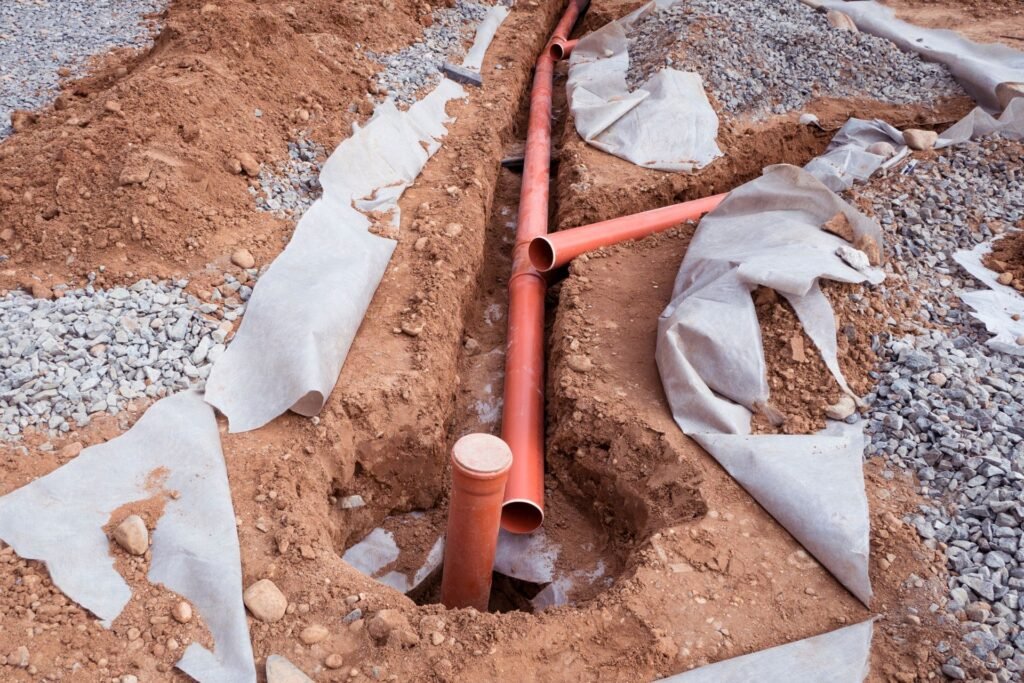
Maintenance Tips For Longevity
Keeping your drainage system in top shape is essential to avoid costly repairs and ensure it functions efficiently for years to come. Proper maintenance involves regular inspections, cleaning, and knowing how to handle common issues. Here’s a comprehensive guide to help you maintain your drainage system, ensuring its longevity and optimal performance.
1. Regular Inspections
Routine inspections are a cornerstone of a well-maintained drainage system. Particularly after heavy rainfall, it’s crucial to assess your system’s condition. Heavy rains can overwhelm drainage systems, leading to blockages or damage that may not be immediately apparent. Here’s what you should focus on during your inspections:
- Signs of Blockage: Look for any water pooling around the drains or slow-draining water, which could indicate a clog in the system.
- Damage Detection: Check for visible cracks, leaks, or any displaced elements within the system. Pay special attention to areas where water is seeping out, as this could signal a break or breach in the pipes.
- System Efficiency: Observe how quickly water is being drained away during and after a storm. If the system seems sluggish, it might be a sign of sediment buildup or partial blockages that need attention.
Regular inspections allow you to catch minor issues before they escalate, helping to maintain the system’s functionality and prevent costly repairs.
2. Cleaning and Upkeep
Cleaning is a vital part of maintaining any drainage system, whether you have French drains, sump pumps, or other types of systems. Over time, debris, sediment, and organic matter can accumulate, leading to clogs and reduced efficiency.
- Cleaning French Drains: To clean a French drain, remove the grates and clear out any debris that has accumulated. Use a high-pressure hose to flush out the system, ensuring water flows freely through the pipes.
- Maintaining Sump Pumps: Sump pumps require regular attention. Check the pump pit for debris and clean it out. Test the pump by pouring water into the pit to ensure it activates and drains water efficiently. Remember to clean the pump inlet screen to prevent blockages.
- Seasonal Maintenance: Different seasons bring different challenges. In New Zealand, preparing your drainage system for winter is crucial. Ensure drains and pipes are clear of leaves and debris in autumn, as these can freeze and cause blockages in winter. Before the wet season, check all components to make sure they’re ready to handle increased water flow.
Consistent cleaning and upkeep extend the life of your drainage system and keep it functioning smoothly year-round.
3. Common Issues and Troubleshooting
Despite your best efforts, issues can still arise. Understanding how to troubleshoot common problems can save you time and money.
- Clogs: Clogs are the most common issue in drainage systems. If you notice slow drainage, try using a drain snake or hydro jet to clear the obstruction. For French drains, ensure the gravel and filter fabric are not clogged with fine sediment.
- Sediment Buildup: Over time, sediment can accumulate in pipes, reducing their capacity. Regularly flushing your system with water can help minimize this issue. If sediment buildup is severe, you may need professional cleaning.
- Pipe Damage: Cracks or breaks in pipes can cause leaks or water to back up. Minor cracks can sometimes be sealed with pipe repair tape or sealant, but more extensive damage may require professional intervention.
Knowing when to call a professional is essential. If your DIY efforts don’t resolve the issue, or if the problem recurs frequently, it’s time to consult an expert. Professional services can diagnose deeper issues and provide solutions that might not be accessible to the average homeowner.
By following these maintenance tips, you can ensure your drainage system remains in optimal condition, safeguarding your property against water damage and extending the system’s life for many years. Regular care not only prevents problems but also gives you peace of mind knowing your home is protected.
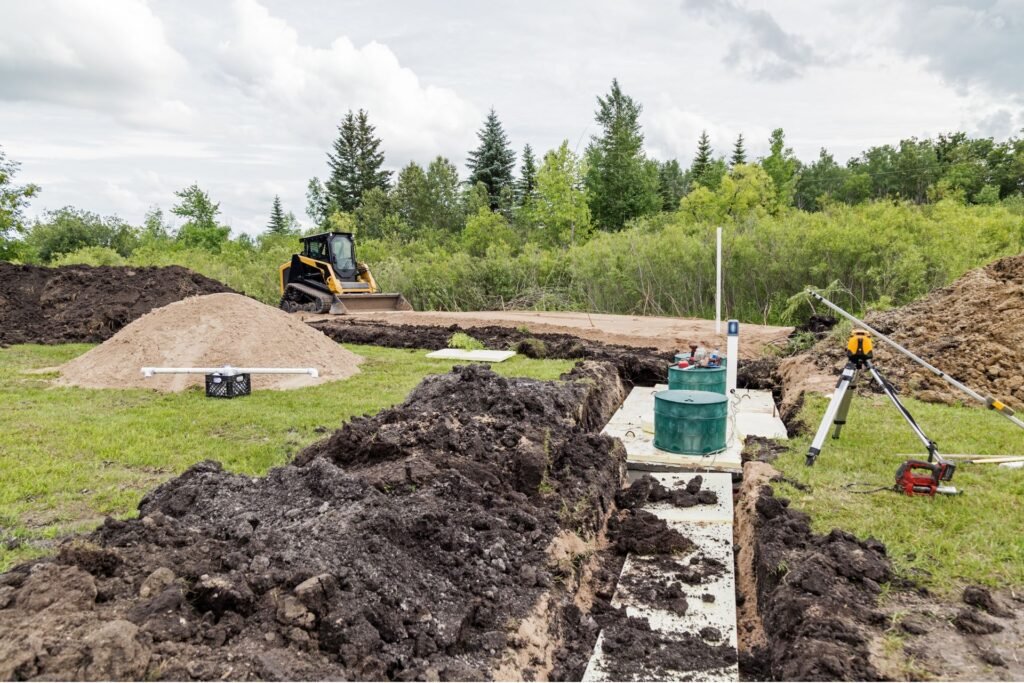
The Benefits Of A Well-Installed Sub Soil Drainage System
When it comes to protecting your property and ensuring the long-term health of your landscaping, a well-installed sub soil drainage system is crucial. Whether you’re a homeowner looking to maintain your property’s value or a gardening enthusiast aiming for lush, thriving plants, understanding the benefits of this system can help you make informed decisions.
1. Protecting Property Value
One of the most significant advantages of a properly installed sub soil drainage system is its role in protecting your property’s value. Water damage is a common issue that can lead to costly repairs if not addressed promptly. Excess water in the soil can seep into your foundation, causing cracks, mold growth, and structural instability. Over time, this not only degrades the integrity of your home but also diminishes its market value.
A sub soil drainage system effectively channels excess water away from your property, preventing these issues from arising. By maintaining a dry, stable foundation, you protect your investment and ensure that your home retains its value over the years. This proactive approach to water management can save you from expensive repairs and preserve the overall health of your property.
2. Enhanced Landscaping
A well-functioning drainage system is also essential for your garden and lawn. Waterlogged soil can suffocate plant roots, leading to poor growth and an unsightly landscape. Over time, this can result in a garden that struggles to thrive, despite your best efforts.
Sub soil drainage systems are designed to prevent water accumulation in your garden and lawn, ensuring that plants have access to the right amount of moisture. By keeping the soil well-drained, these systems promote healthier root growth and more vibrant plant life. Your garden will flourish, with fewer instances of plant disease or decay, creating an outdoor space that enhances the beauty and appeal of your property.
3. Long-Term Savings
Investing in a well-installed sub soil drainage system can also lead to significant long-term savings. Without proper drainage, you may find yourself frequently dealing with issues like soil erosion, foundation damage, and deteriorating landscaping. These problems often require costly repairs, which can add up over time.
A drainage system minimizes these risks by effectively managing water flow and preventing damage before it occurs. This reduces the need for expensive interventions, allowing you to allocate your resources elsewhere. In the long run, a well-maintained drainage system pays for itself by reducing the frequency and severity of repairs, ensuring your property remains in excellent condition.
4. Environmental Impact
Beyond the immediate benefits to your property, a sub soil drainage system also has positive effects on the environment. Proper water management is crucial for reducing runoff, which can carry pollutants into local water sources and disrupt ecosystems. By controlling the flow of water, these systems help protect local waterways from contamination and prevent soil erosion, which can damage habitats and reduce biodiversity.
In addition, well-drained soil promotes better absorption of rainwater, reducing the risk of flooding and contributing to the replenishment of groundwater reserves. This sustainable approach to water management supports the health of local ecosystems and contributes to a more balanced environment.
In conclusion, a well-installed sub soil drainage system is an investment in the longevity and value of your property, the health of your landscaping, and the well-being of the environment. By understanding and implementing this essential feature, you can enjoy a beautiful, functional, and sustainable outdoor space for years to come.
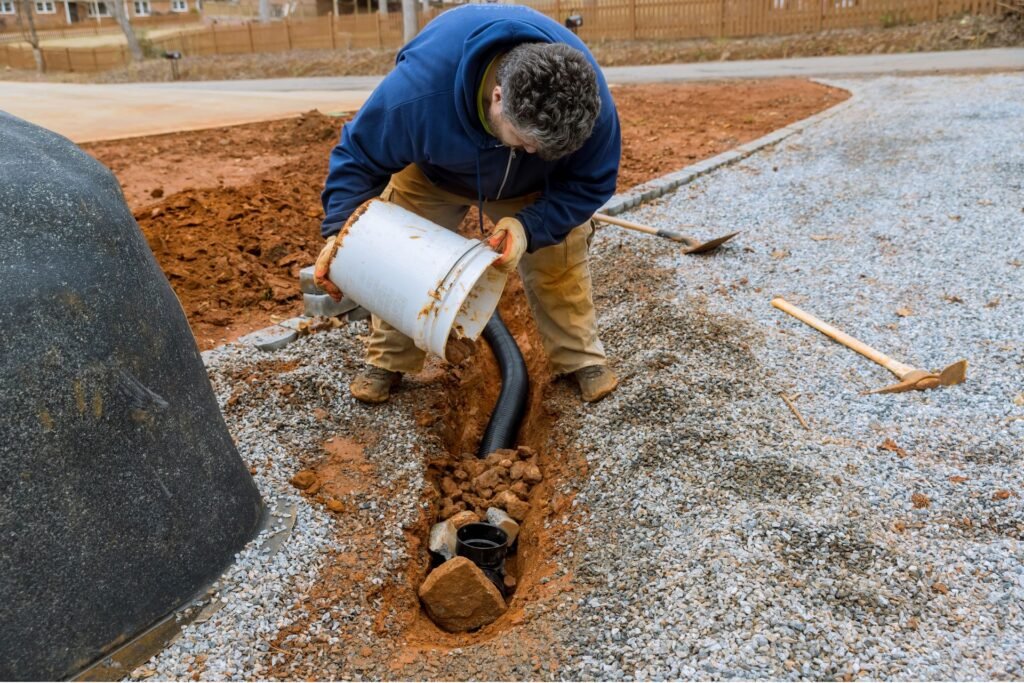
FAQs: About Sub Soil Drainage Systems Nz
What is a sub soil drainage system?
A sub soil drainage system is a network of pipes or channels installed below the ground’s surface to manage and redirect groundwater. It prevents waterlogging, protects building foundations, and maintains healthy landscapes by channeling excess water away from critical areas.
Why are sub soil drainage systems important in New Zealand?
New Zealand’s climate, characterized by heavy rainfall and diverse soil types, makes it prone to groundwater issues like waterlogging and erosion. Sub soil drainage systems are crucial for preventing these issues, safeguarding properties, and ensuring the stability of the land.
What are the different types of sub soil drainage systems?
Common types include French drains, channel drains, sump and pump systems, geotextile fabric systems, and perforated pipe systems. Each type serves different purposes and is suited to specific conditions, depending on factors like soil type and property slope.
How do I know if my property needs a sub soil drainage system?
Signs that you may need a sub soil drainage system include persistent waterlogging, dampness in basements or lower levels of your property, soil erosion, and foundation cracks. A professional assessment can help determine the best solution for your property.
Can I install a sub soil drainage system myself?
While it’s possible to install a sub soil drainage system yourself, it’s often recommended to hire a professional. Proper installation requires knowledge of soil types, groundwater behavior, and local regulations to ensure effectiveness and compliance with NZ building codes.
How much does it cost to install a sub soil drainage system in NZ?
Costs can vary widely depending on the size and complexity of the project, the type of system, and whether you choose professional installation. On average, costs can range from a few thousand dollars for a small residential system to significantly more for larger or more complex projects.
What maintenance is required for a sub soil drainage system?
Regular maintenance includes checking for blockages, cleaning drains, and inspecting the system after heavy rainfall. Sump pumps may need periodic testing and cleaning to ensure they are functioning correctly. Keeping the system well-maintained helps prevent costly repairs and prolongs its lifespan.
What are the common issues with sub soil drainage systems, and how can they be fixed?
Common issues include clogs, sediment buildup, and pipe damage. These problems can be addressed by regular cleaning, using high-quality materials during installation, and having a professional inspect and repair the system when needed.
How long do sub soil drainage systems last?
With proper installation and maintenance, sub soil drainage systems can last for several decades. The lifespan may vary depending on the materials used, the type of system, and environmental factors such as soil type and groundwater levels.
Are sub soil drainage systems environmentally friendly?
Yes, when properly installed, sub soil drainage systems can have a positive environmental impact by reducing surface water runoff, preventing erosion, and protecting local ecosystems. They help manage water sustainably, which is particularly important in areas with sensitive environments.
Conclusion
In conclusion, subsoil drainage systems play a crucial role in maintaining the integrity of properties across New Zealand by preventing waterlogging and minimizing the risk of structural damage. As we’ve discussed, these systems are essential for managing excess groundwater, particularly in areas with heavy rainfall or poor natural drainage. It’s important to assess your property’s drainage needs regularly to ensure a healthy foundation and avoid costly repairs. If you’re unsure about the state of your drainage, consider seeking professional advice from local NZ contractors who specialize in subsoil drainage systems. For more detailed information and assistance, you can explore resources provided by local government agencies or trusted industry professionals. Taking proactive steps now can save you from significant issues down the road.
About the Author:
Mike Veail is a recognized digital marketing expert with over 6 years of experience in helping tradespeople and small businesses thrive online. A former quantity surveyor, Mike combines deep industry knowledge with hands-on expertise in SEO and Google Ads. His marketing strategies are tailored to the specific needs of the trades sector, helping businesses increase visibility and generate more leads through proven, ethical methods.
Mike has successfully partnered with numerous companies, establishing a track record of delivering measurable results. His work has been featured across various platforms that showcase his expertise in lead generation and online marketing for the trades sector.
Learn more about Mike's experience and services at https://theleadguy.online or follow him on social media:
